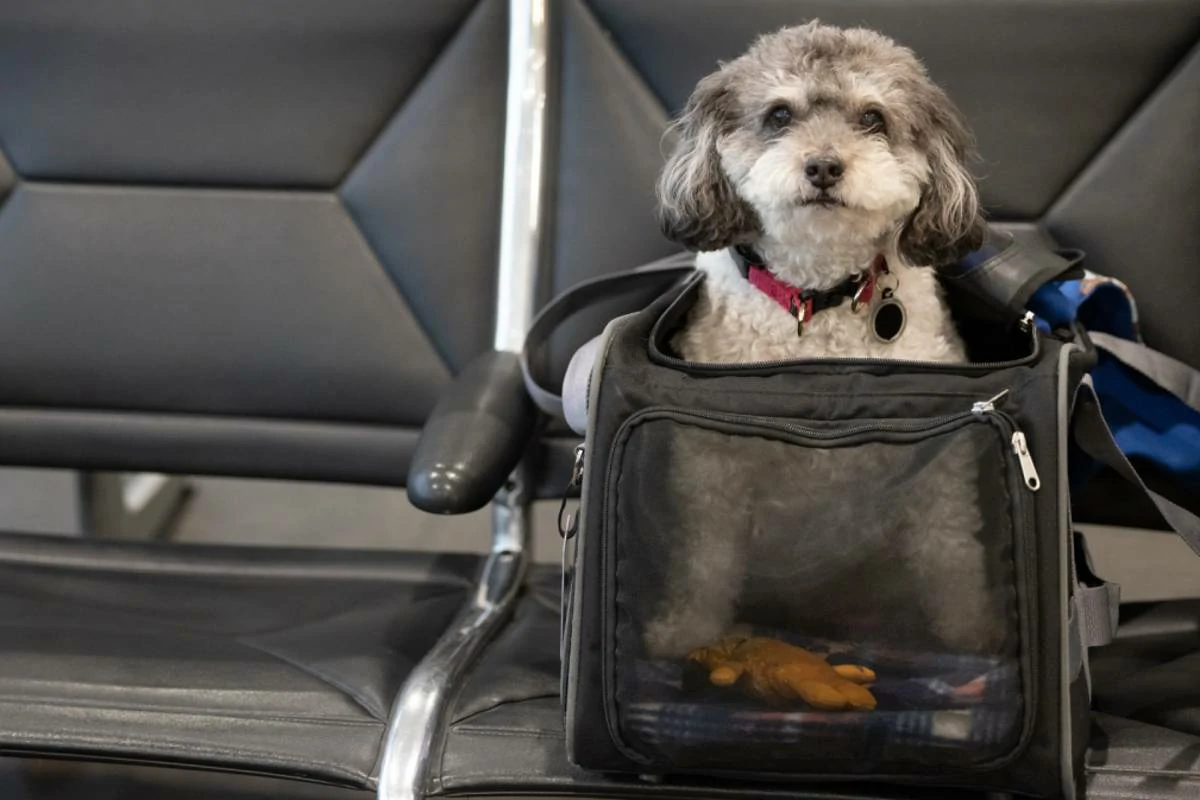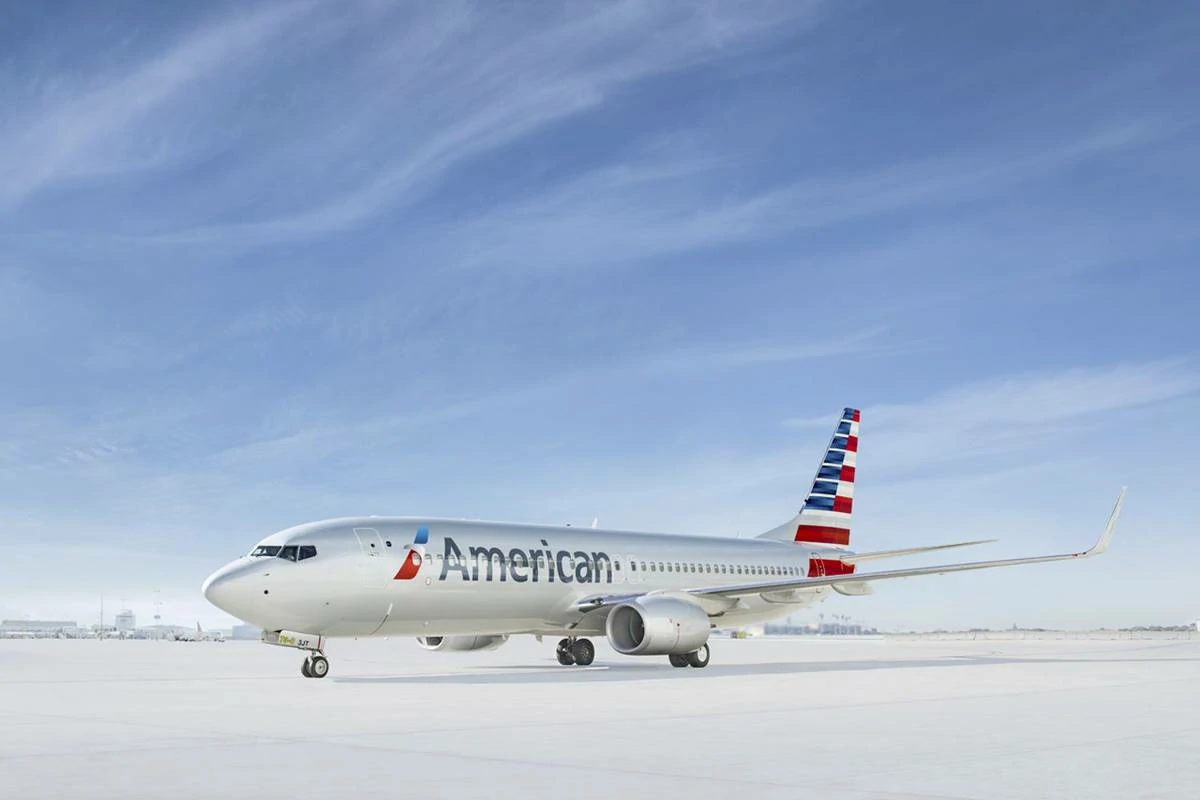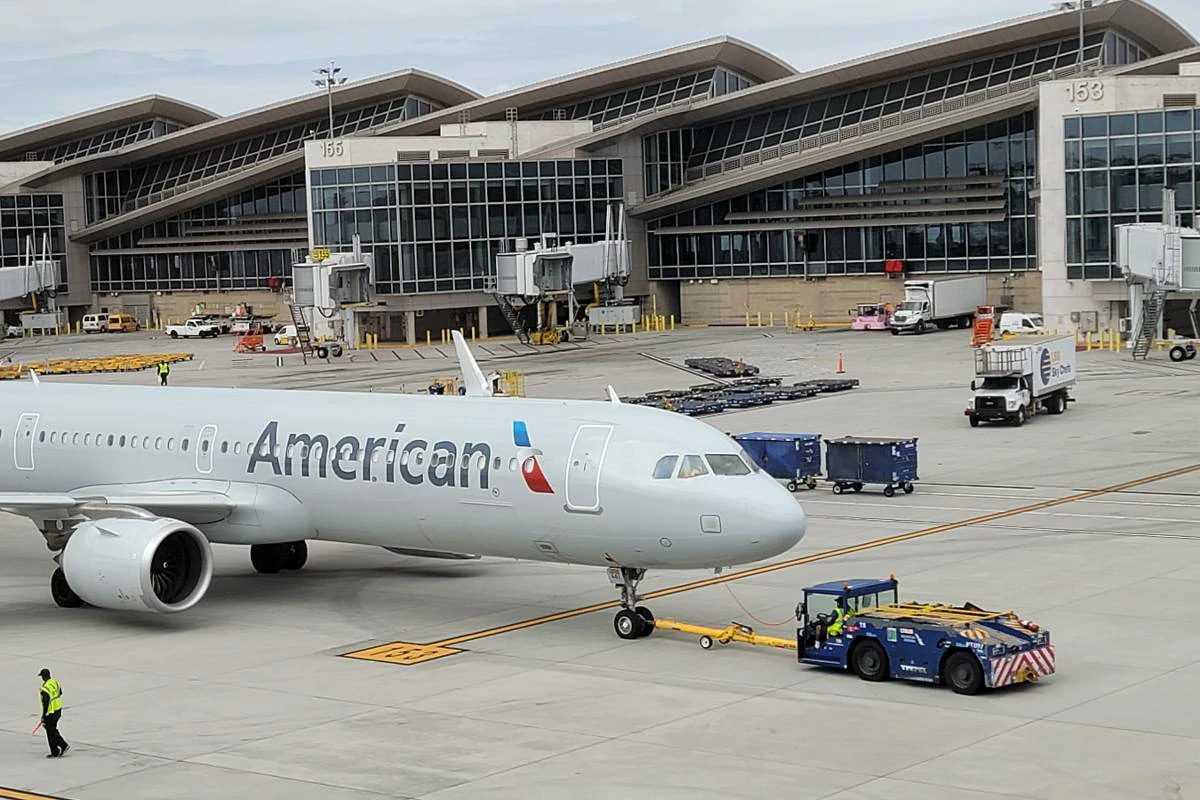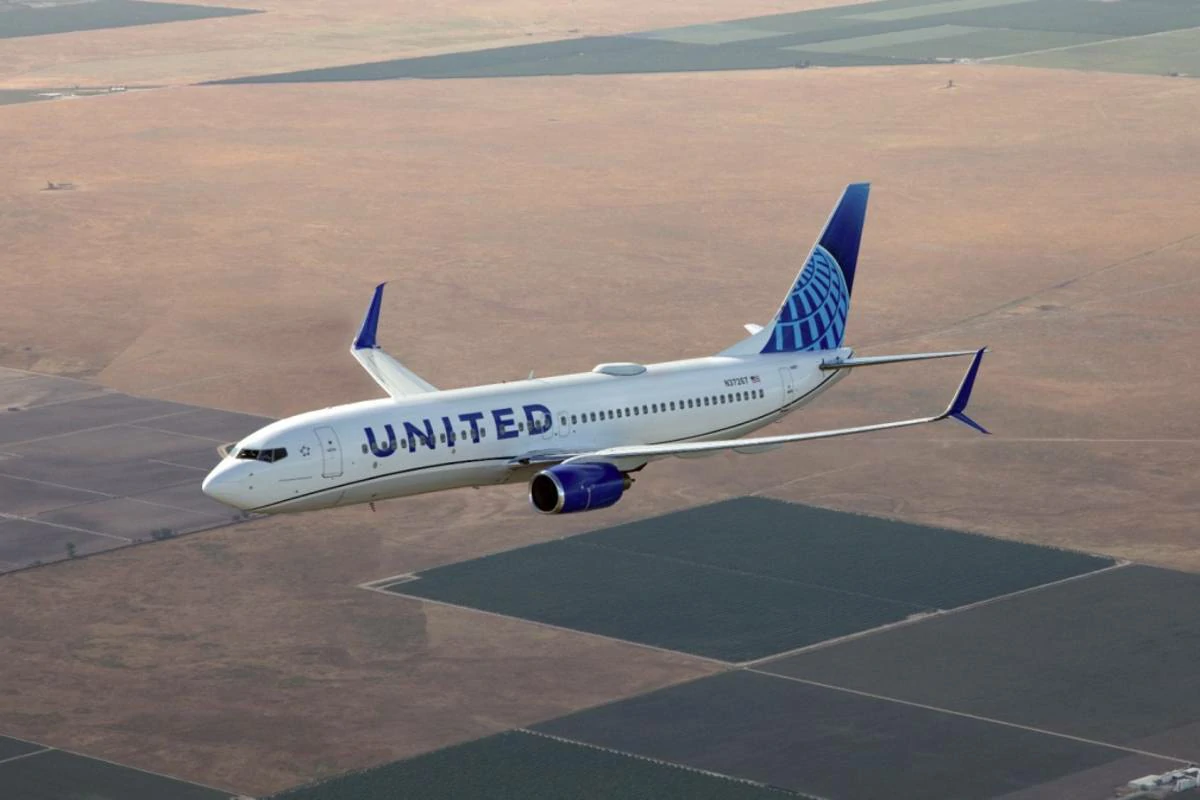What is Alaska Airlines’ pet policy? Answer is – Alaska Airlines allows small dogs, cats, rabbits, and household birds in the cabin for a fee. Larger pets can travel in the cargo hold, also for a fee. Specific requirements apply for pet carriers, health certificates, and breed restrictions. For travel to Hawaii, additional regulations may apply. For more information, you can visit the Alaska Airlines website or contact their customer service.
Summary
- Alaska Airlines’ pet policy covers in-cabin and cargo travel.
- Specific requirements for pet carriers and health certificates exist.
- Breed restrictions apply, and additional regulations are in place for travel to Hawaii.
- The airline offers resources to help passengers prepare for pet travel.
Alaska Airlines Pet Policy
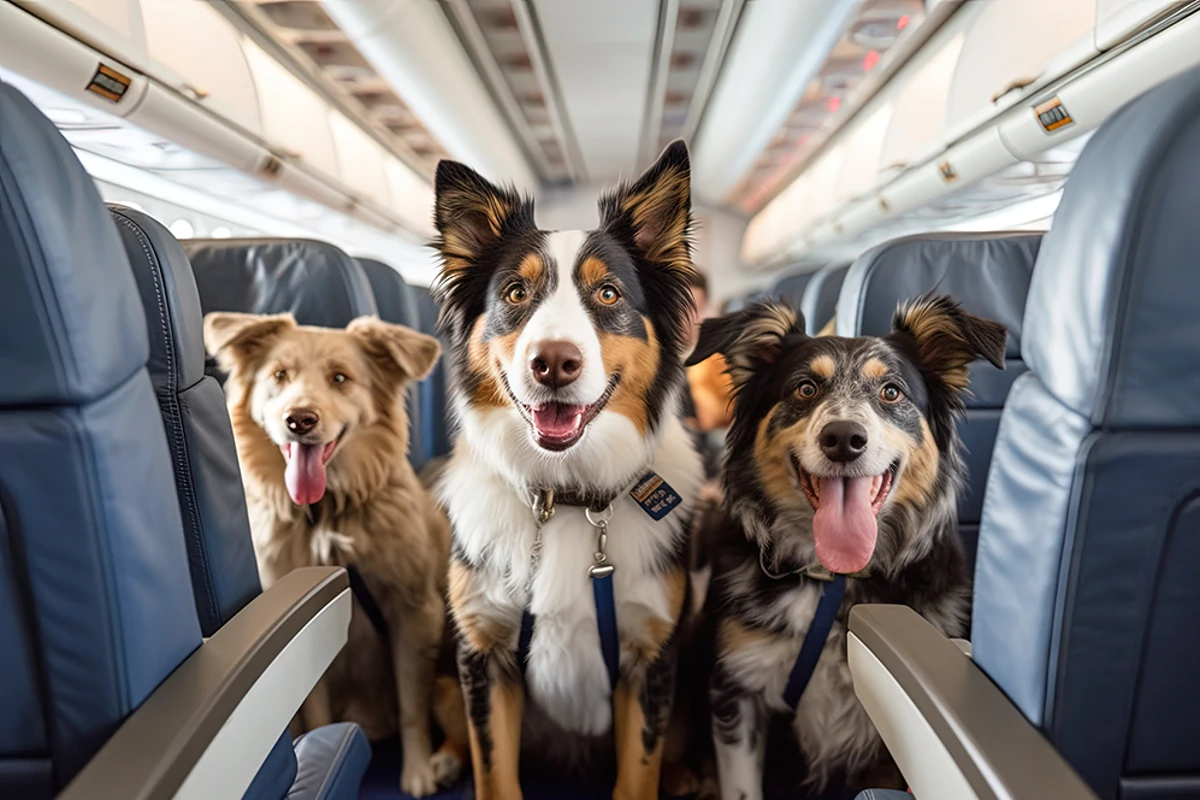
Traveling with your furry friend can be an enriching experience, but it’s essential to ensure their safety and comfort throughout the journey. Alaska Airlines recognizes the importance of pets in our lives and offers a comprehensive pet policy to accommodate their travel needs.
Whether you’re flying with a small pet in the cabin or have a larger pet that needs to travel as cargo, understanding the ins and outs of Alaska Airlines’ pet policy is crucial for a smooth and enjoyable experience for both you and your pet.
Overview of Alaska Airlines Pet Policy:
Alaska Airlines’ pet policy encompasses both in-cabin and cargo travel options, ensuring that pets of various sizes and species can accompany their owners on their travels.
The policy outlines specific guidelines for pet carriers, health certificates, breed restrictions, and additional requirements for travel to certain destinations like Hawaii.
By familiarizing yourself with these guidelines, you can ensure that your pet meets all the necessary criteria for a safe and comfortable journey.
Understanding the Policy for Safe and Comfortable Travel
Understanding Alaska Airlines’ pet policy is not just about adhering to rules and regulations; it’s about prioritizing the well-being of your furry companion.
By knowing what to expect and how to prepare, you can minimize stress for your pet and create a positive travel experience.
For instance, ensuring that your pet’s carrier meets the size and ventilation requirements will help them feel secure and comfortable during the flight.
Additionally, understanding the health certificate requirements will ensure that your pet is fit to travel and prevent any unexpected delays or complications.
According to Dr. Emily Parker, a veterinarian specializing in animal behavior and travel, “Pets can experience anxiety and stress during travel, just like humans. By understanding and following the airline’s pet policy, pet owners can take proactive steps to alleviate their pet’s anxiety and create a more comfortable travel experience.”
In-Cabin Travel
Alaska Airlines welcomes a variety of small pets to join you in the cabin, ensuring a comfortable and safe journey for your furry companion.
1. Eligible Pets
The following pets are eligible to travel in the cabin with you on Alaska Airlines flights:
- Dogs: Small, domesticated dogs that can fit comfortably in an approved carrier under the seat in front of you.
- Cats: Just like dogs, cats must be small enough to fit comfortably in an approved carrier under the seat.
- Rabbits: Domesticated rabbits are also welcome to travel in the cabin with you.
- Household Birds: Certain household birds, such as canaries and parakeets, can also travel in the cabin, provided they meet the carrier requirements.
2. Carrier Requirements
Your pet’s comfort and safety during the flight are paramount, and having an appropriate carrier is crucial. The carrier must meet the following requirements:
- Size: The carrier must be small enough to fit under the seat in front of you, with maximum dimensions of 17″ L x 11″ W x 9.5″ H (43 cm x 28 cm x 24 cm).
- Ventilation: The carrier must be well-ventilated on all sides to ensure proper airflow for your pet.
- Leak-proof: The carrier must be leak-proof to prevent any accidents during the flight.
- Secure Closure: The carrier must have a secure closure to prevent your pet from escaping.
3. Health Certificate Requirements
While Alaska Airlines does not generally require a health certificate for in-cabin pets, it’s always a good idea to consult with your veterinarian before your flight.
Your vet can ensure that your pet is healthy enough for air travel and provide any necessary vaccinations or treatments.
4. Check-In and Boarding Procedures
When you arrive at the airport, you’ll need to check in with your pet at the ticket counter. Be sure to have all the necessary documentation, such as your pet’s health certificate (if applicable).
During boarding, you’ll be asked to remove your pet from the carrier and carry them through the security checkpoint. Once you’re on the plane, you can place your pet back in the carrier and stow it under the seat in front of you.
5. Fees and Additional Considerations
There is a fee for traveling with a pet in the cabin, which varies depending on the route and destination. As of 2023, the standard fee is $100 each way.
It’s important to book your pet’s travel in advance, as there is a limit to the number of pets allowed in the cabin on each flight.
Additionally, be sure to check the specific requirements of your destination, as some states or countries may have additional regulations regarding pet travel.
Dr. Sarah Miller Expert Tip
Dr. Sarah Miller, a veterinarian with extensive experience in pet travel, recommends acclimating your pet to the carrier before the flight. “Start by placing treats and toys inside the carrier to create positive associations,” she advises. “Gradually increase the amount of time your pet spends in the carrier, leading up to the day of travel.”
Cargo Travel
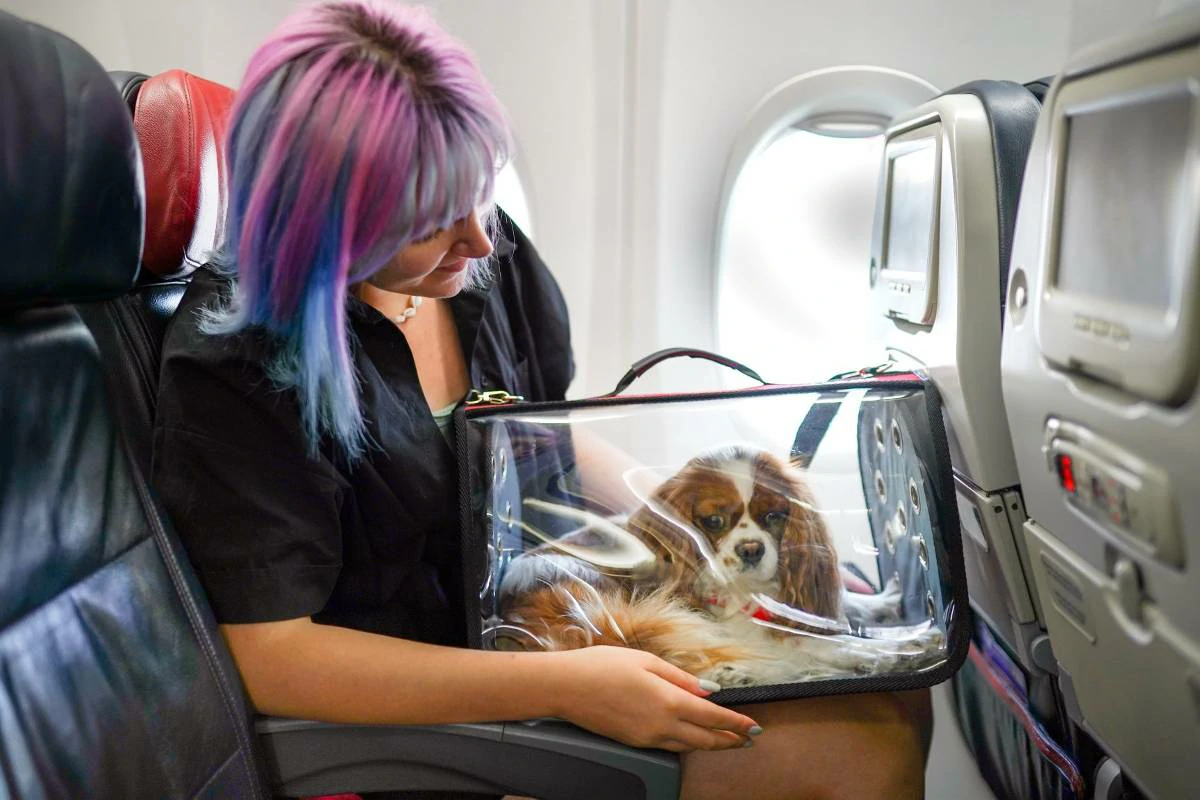
If your furry friend is too big to travel in the cabin, Alaska Airlines offers cargo travel as a safe and reliable option for transporting larger pets.
1. Eligible Pets
Alaska Airlines accepts most domesticated animals for cargo travel, including dogs, cats, rabbits, and household birds.
This allows you to bring along your beloved pet, regardless of their size, on your journeys. However, it’s important to note that certain breeds may have restrictions due to health concerns.
2. Carrier Requirements
Your pet’s safety during cargo travel is of paramount importance, and selecting an appropriate carrier is crucial. The carrier must meet specific requirements to ensure your pet’s well-being throughout the journey.
- Size: The carrier should be large enough for your pet to stand up, turn around, and lie down comfortably. Refer to the Alaska Airlines Pet Travel page for detailed dimensions based on your pet’s weight.
- Material: The carrier should be made of sturdy, durable material such as hard plastic, wood, or metal.
- Ventilation: Adequate ventilation is essential to ensure your pet receives sufficient airflow. The carrier should have ventilation openings on all four sides.
- Labeling: The carrier must be clearly labeled with your pet’s name, your contact information, and “Live Animal” stickers.
3. Health Certificate and Vaccination Requirements
All pets traveling as cargo must have a health certificate issued by a licensed veterinarian within 10 days of outbound travel.
The certificate should confirm that your pet is healthy and fit for air travel. Depending on your destination, certain vaccinations may also be required.
For example, a rabies vaccination certificate is mandatory for travel between the Lower 48 states and Alaska.
4. Booking and Check-In Procedures
To book your pet’s cargo travel, contact Alaska Airlines Reservations at least 24 hours before departure.
During check-in, you will need to present your pet’s health certificate and ensure the carrier meets all requirements.
Alaska Airlines staff will guide you through the check-in process and ensure your pet’s safe loading onto the aircraft.
5. Fees and Additional Considerations
The fee for cargo pet travel varies depending on the size of your pet and the specific route. As of 2023, the standard fee is $150 each way.
It’s advisable to book your pet’s travel well in advance, especially during peak travel seasons.
Additionally, familiarize yourself with the specific pet import regulations of your destination, as some locations may have additional requirements or quarantine periods.
Dr. Jessica Turner Expert Tip
Dr. Jessica Turner, a veterinarian specializing in animal transportation, emphasizes the importance of preparing your pet for cargo travel. “Gradually acclimate your pet to the carrier by placing treats and familiar bedding inside,” she suggests. “This will help reduce their anxiety during the flight.”
Breed Restrictions

As a pet owner, I understand the desire to bring your furry companion along on your travels. However, certain breed restrictions exist to ensure the safety and well-being of your pet during air travel.
Alaska Airlines prioritizes the health of all animals and has established guidelines for breed restrictions, particularly for brachycephalic breeds and certain breeds restricted for specific destinations.
1. Brachycephalic (Short-Nosed) Breeds
Brachycephalic breeds, such as Pugs, Bulldogs, and Persian cats, have unique anatomical features that make them more susceptible to respiratory distress, especially in stressful situations like air travel.
Their short noses and flattened faces can obstruct their airways, leading to difficulty breathing, overheating, and even potential health emergencies.
Dr. Michael Davis, a veterinarian specializing in brachycephalic breeds, explains, “These breeds have a higher risk of experiencing breathing difficulties due to their anatomy. The stress of travel can exacerbate these issues, potentially leading to serious health complications.”
For this reason, Alaska Airlines does not allow brachycephalic breeds to travel in the cargo hold, as the environment can be more stressful for these animals. However, if your brachycephalic pet is small enough to fit comfortably in an approved carrier, they may be able to travel with you in the cabin.
2. Restricted Breeds for Specific Destinations
In addition to brachycephalic breeds, certain destinations may have specific restrictions on certain dog breeds. These restrictions are often based on local regulations or concerns about the breed’s temperament. For example, some countries may have restrictions on Pit Bulls or other breeds perceived as potentially aggressive.
It’s important to research the specific pet import regulations of your destination before booking your pet’s travel. Alaska Airlines provides information on international pet travel requirements on their website.
You can also check the USDA Animal and Plant Health Inspection Service (APHIS) website for detailed information on pet import requirements for various countries.
Traveling to Hawaii with Your Pet
Hawaii, known for its pristine beaches and lush landscapes, is a dream destination for many travelers.
If you’re planning a Hawaiian getaway with your furry friend, it’s important to be aware of the state’s unique pet import regulations designed to protect its rabies-free environment.
1. Additional Requirements and Regulations
To bring your pet to Hawaii, you’ll need to comply with a few additional requirements beyond the standard Alaska Airlines pet policy.
These requirements are in place to prevent the introduction of rabies and other diseases that could harm Hawaii’s delicate ecosystem.
Microchip: Your pet must be microchipped with an ISO-compliant microchip that can be read by a 134.2 kHz microchip scanner. This helps ensure proper identification in case your pet gets lost.
Rabies Vaccinations: Your pet must have received at least two rabies vaccinations administered more than 30 days apart. The most recent vaccination must be current and administered no less than 30 days before arrival in Hawaii.
OIE-FAVN Rabies Antibody Test (Blood Titer Test): This test measures the level of rabies antibodies in your pet’s blood to confirm their immunity. The test must be conducted by an approved laboratory, and the results must meet specific requirements.
Dog and Cat Import Form: You’ll need to complete and submit the Dog and Cat Import Form (AQS-279) along with all pre-arrival documents at least 10 days before your pet arrives in Hawaii.
Direct Airport Release (DAR): If your pet meets all the requirements and the necessary paperwork is submitted on time, they may be eligible for Direct Airport Release, allowing them to avoid quarantine.
2. Quarantine Information
If your pet does not meet all the requirements for Direct Airport Release, they will be subject to quarantine upon arrival in Hawaii.
The quarantine period can range from 5 days to 120 days, depending on the specific circumstances and compliance with the regulations. Quarantine fees are the responsibility of the pet owner.
3. Preparation Tips for a Smooth Journey
Preparing your pet for travel to Hawaii requires careful planning and attention to detail. Here are some tips to ensure a smooth and stress-free journey:
- Start the process early: Begin the process of preparing your pet for travel to Hawaii well in advance to ensure you have enough time to complete all the necessary steps.
- Consult your veterinarian: Discuss your travel plans with your veterinarian to ensure your pet is healthy enough for air travel and to get any required vaccinations or tests.
- Familiarize yourself with the regulations: Thoroughly review the Hawaii Department of Agriculture’s pet import requirements to understand the specific steps you need to take.
- Gather all necessary documentation: Ensure you have all the required documents, such as health certificates, vaccination records, and the Dog and Cat Import Form.
- Prepare your pet for travel: Acclimate your pet to their carrier and ensure they are comfortable traveling in it.
- Consider hiring a pet travel agent: If you find the process overwhelming, consider hiring a pet travel agent who can guide you through the requirements and handle the logistics.
Dr. Lisa Williams Expert Tip
Dr. Lisa Williams, a veterinarian experienced in pet travel to Hawaii, emphasizes the importance of starting the preparation process early. “Many pet owners underestimate the time and effort required to meet Hawaii’s pet import requirements,” she says. “Starting early and working with your veterinarian will ensure your pet’s safe and smooth arrival in the Aloha State.”
Tips for Preparing Your Pet for Travel
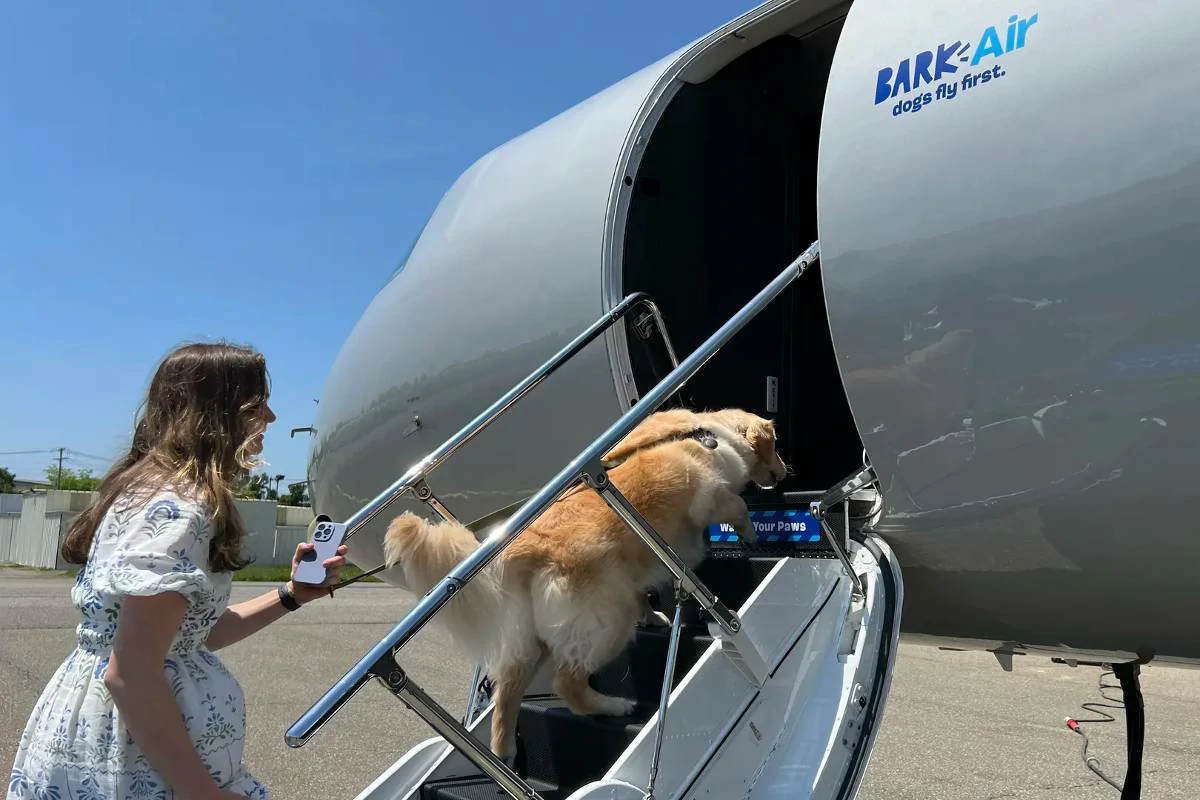
Preparing your pet for travel is essential to ensure their comfort and well-being throughout the journey. By taking a few proactive steps, you can minimize their anxiety and create a positive travel experience for both of you.
Here are some expert tips to help you get your furry friend ready for their next adventure.
1. Acclimating Your Pet to the Carrier
Whether your pet is traveling in the cabin or as cargo, they’ll need to spend time in a carrier. To make this experience less stressful, introduce the carrier well in advance of your trip.
Leave it open in your home, allowing your pet to explore it at their own pace. Place familiar bedding, toys, and treats inside to create positive associations. Gradually increase the time your pet spends in the closed carrier, rewarding them for calm behavior.
Dr. Karen Becker, a proactive and integrative wellness veterinarian, recommends, “Start acclimating your pet to the carrier several weeks before travel. Make it a fun and safe place by feeding them meals inside and offering plenty of praise.”
2. Pre-Flight Veterinary Checkup
Before your trip, schedule a checkup with your veterinarian to ensure your pet is healthy enough for air travel. Your vet can assess their overall health, update vaccinations, and address any concerns you may have about their ability to travel.
If your pet has any pre-existing health conditions, discuss them with your vet to determine if any special precautions need to be taken.
Dr. Becker advises, “A pre-flight veterinary checkup is crucial to ensure your pet is in optimal health for travel. Your vet can also prescribe medication to manage anxiety or motion sickness if necessary.”
3. Packing Essentials for Your Pet
Packing a travel kit for your pet will ensure they have everything they need during their journey. Here are some essentials to include:
- Food and water: Pack enough food and water for the entire trip, plus a little extra in case of delays. Bring a collapsible bowl for easy feeding and hydration.
- Medication: If your pet takes any medications, pack enough for the duration of the trip, plus a few extra days.
- Leash and harness: Even if your pet will be in a carrier most of the time, a leash and harness are necessary for walks and bathroom breaks.
- Comfort items: Familiar toys, blankets, or clothing can help comfort your pet and reduce anxiety.
- Waste bags: Be a responsible pet owner and always clean up after your pet.
- First-aid kit: A basic first-aid kit can come in handy for minor injuries or ailments.
4. Managing Anxiety and Stress During Travel
Travel can be stressful for pets, so it’s important to take steps to minimize their anxiety. Here are some tips:
- Pheromone spray or collar: Pheromones can have a calming effect on pets and may help reduce anxiety during travel.
- Calming treats or supplements: Talk to your veterinarian about calming treats or supplements that may be appropriate for your pet.
- Exercise before travel: Tire out your pet with exercise before the trip to help them relax during the flight.
- Comforting presence: If possible, stay close to your pet during the journey to provide reassurance and comfort.
FAQs
1. Can I book my pet’s travel online?
While you can initiate the booking process for your flight online, you’ll need to contact Alaska Airlines reservations directly to add your pet to the reservation. This is to ensure that all necessary details, such as your pet’s information and carrier dimensions, are accurately recorded and that space is available for your pet on the flight. You can reach Alaska Airlines reservations by phone or through their online chat feature.
2. What if my pet requires medication during the flight?
If your pet requires medication during the flight, it’s important to consult with your veterinarian beforehand. They can advise you on the best way to administer the medication and whether any adjustments need to be made to the dosage or timing due to travel. Pack enough medication for the entire trip, plus a few extra days in case of unexpected delays.
3. Are there temperature restrictions for pet travel?
Yes, Alaska Airlines has temperature restrictions to ensure the safety and comfort of your pet. During hot or cold weather, certain restrictions may apply to specific routes or destinations. For example, if the temperature at any location on your itinerary is expected to be above 85°F (29°C) or below 45°F (7°C) at any time during the day of travel, your pet may not be able to travel as cargo.
4. Can I travel with more than one pet?
The number of pets you can travel with on Alaska Airlines depends on several factors, including the size of your pets and the type of travel (in-cabin or cargo). For in-cabin travel, you are generally allowed one pet per passenger, provided they meet the size and carrier requirements. For cargo travel, you may be able to travel with multiple pets if they are compatible and can share a carrier. Contact Alaska Airlines reservations for specific details and restrictions based on your situation.
5. What happens if my flight is delayed or canceled?
If your flight is delayed or canceled, Alaska Airlines will make every effort to accommodate your pet on the next available flight. However, it’s important to be prepared for potential delays and have a contingency plan in place, especially if your pet is traveling as cargo. Make sure you have enough food, water, and any necessary medications for your pet in case of unexpected disruptions.
6. Does Alaska Airlines offer pet insurance?
While Alaska Airlines doesn’t offer pet insurance directly, they recommend that you consider purchasing it from a third-party provider. Pet insurance can help cover unexpected veterinary expenses that may arise during travel, such as illnesses or injuries. Be sure to research different pet insurance options and choose one that best suits your pet’s needs and your budget.
7. How can I track my pet’s journey?
When your pet travels as cargo, Alaska Airlines provides a tracking service so you can monitor their journey. You’ll receive a tracking number that you can use to track your pet’s flight and arrival status online or through the Alaska Airlines mobile app.
8. Are there any discounts available for pet travel?
While Alaska Airlines doesn’t offer specific discounts for pet travel, there are a few ways you might be able to save on the fees. Active duty U.S. military personnel and their dependents on travel orders may be eligible for a discounted cargo pet travel fee. Additionally, some credit cards that offer travel rewards may allow you to use points or miles to cover pet travel fees.
9. Can I bring my emotional support animal (ESA) on board?
As of January 2021, Alaska Airlines no longer recognizes emotional support animals as service animals. However, you may still be able to travel with your ESA as a pet in the cabin or cargo, as long as they meet the requirements for pet travel. Be sure to review the Alaska Airlines pet policy for specific details and restrictions.
10. What should I do if my pet gets sick during travel?
If your pet becomes ill during travel, seek veterinary care as soon as possible. If you are at the airport, inquire about on-site veterinary services or ask an Alaska Airlines representative for assistance in finding a nearby veterinarian. Keep your pet’s health certificate and vaccination records readily available in case you need to show them to a veterinarian.
The Bottom Line
Traveling with your pet can be a rewarding experience, but it requires careful planning and preparation. By understanding Alaska Airlines’ pet policy, following the guidelines, and taking the necessary precautions, you can ensure a safe and comfortable journey for your furry friend. Remember, your pet’s well-being is paramount, so prioritize their comfort and safety at every stage of the travel process.
